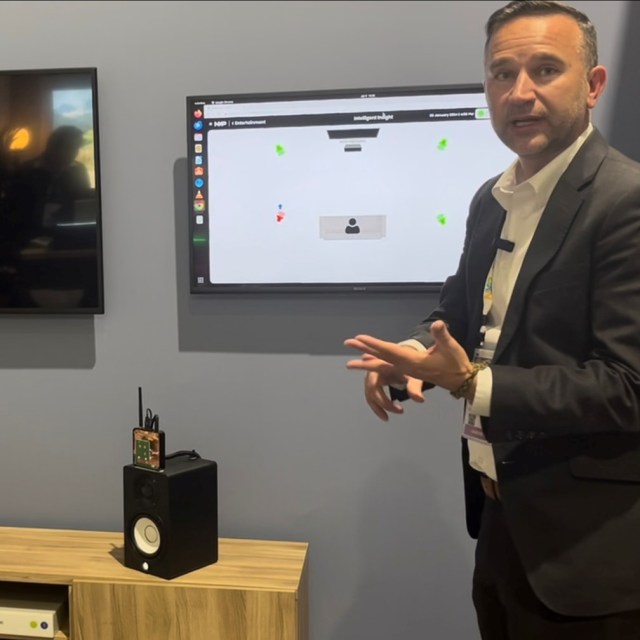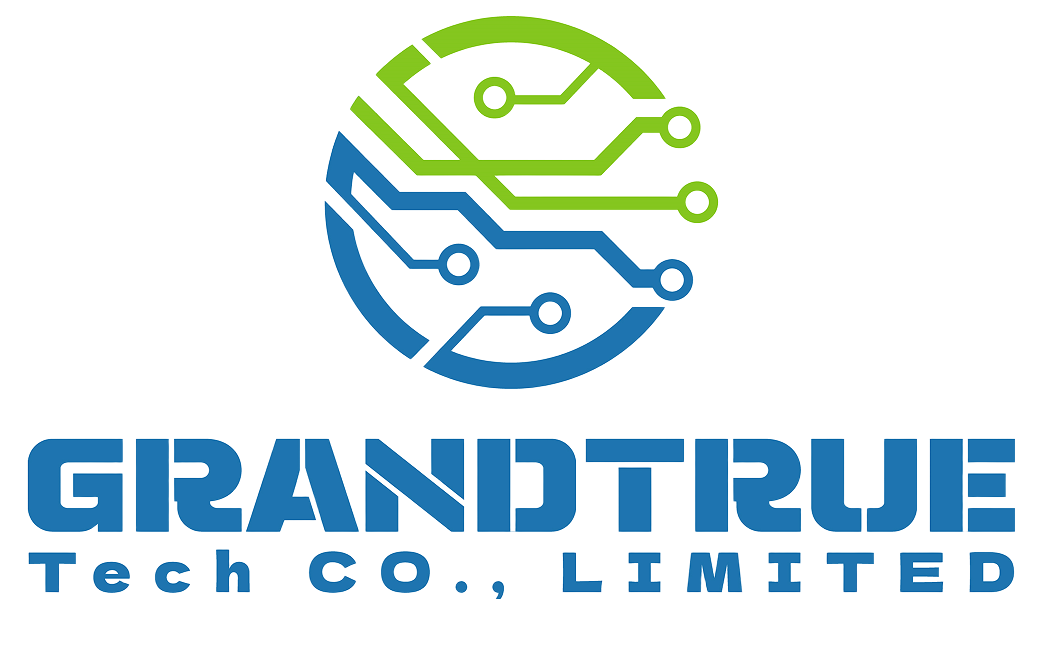Matter, a smart-home tech standard maintained by the Connectivity Standards Alliance (CSA), was first approved in October 2022. Throughout 2023, new devices were introduced that supported the Matter standard, but few demonstrated the full value and versatility of the technology. A little over a year later, at CES 2024 in Las Vegas, one of CSA’s member companies, NXP Semiconductors, brought everything together in a showcase of how Matter-based devices can elevate a home from simply being a variety of smart/connected devices to a truly autonomous home that everyone can use.
What is Matter?
Matter is a smart-home standard that is manufacturer-agnostic and aims to eradicate one of the major issues limiting smart-home device adoption: namely, the confusion and doubt regarding device compatibility and interoperability due to the number of competing smart-home connectivity technologies currently on the market.
One of four underlying communications technologies may be used by Matter-compliant devices: Ethernet (IEEE 802.3), Wi-Fi (IEEE 802.11), Thread (IEEE 802.15.4) or Bluetooth Low Energy. One of the tenets of Matter is that basic control is required to take place locally without going out to the cloud. While the first three communications technologies are, in fact, internet protocols, they are used primarily for device-to-device communications. Network topologies can be controller-to-device or, using Thread, can be set up as a mesh network to increase network footprint. Cloud services are allowed for advanced features, such as remote control of the devices while away from home through a smartphone app and training/retraining of neural network models.
Given the nature of these devices and the control and access they have to a person’s home and private information, another tenet of the standard is to eliminate or at least minimize the risk of hacking. Consequently, identification and installation of a device is accomplished via a unique, 11-digit setup code. For simplicity of onboarding the device to the home automation network, these setup codes are typically included with the device as a QR code, which can easily be scanned with a smartphone or tablet. This setup code is also utilized by the device to establish a secure, encrypted connection to the home network during and after installation.


